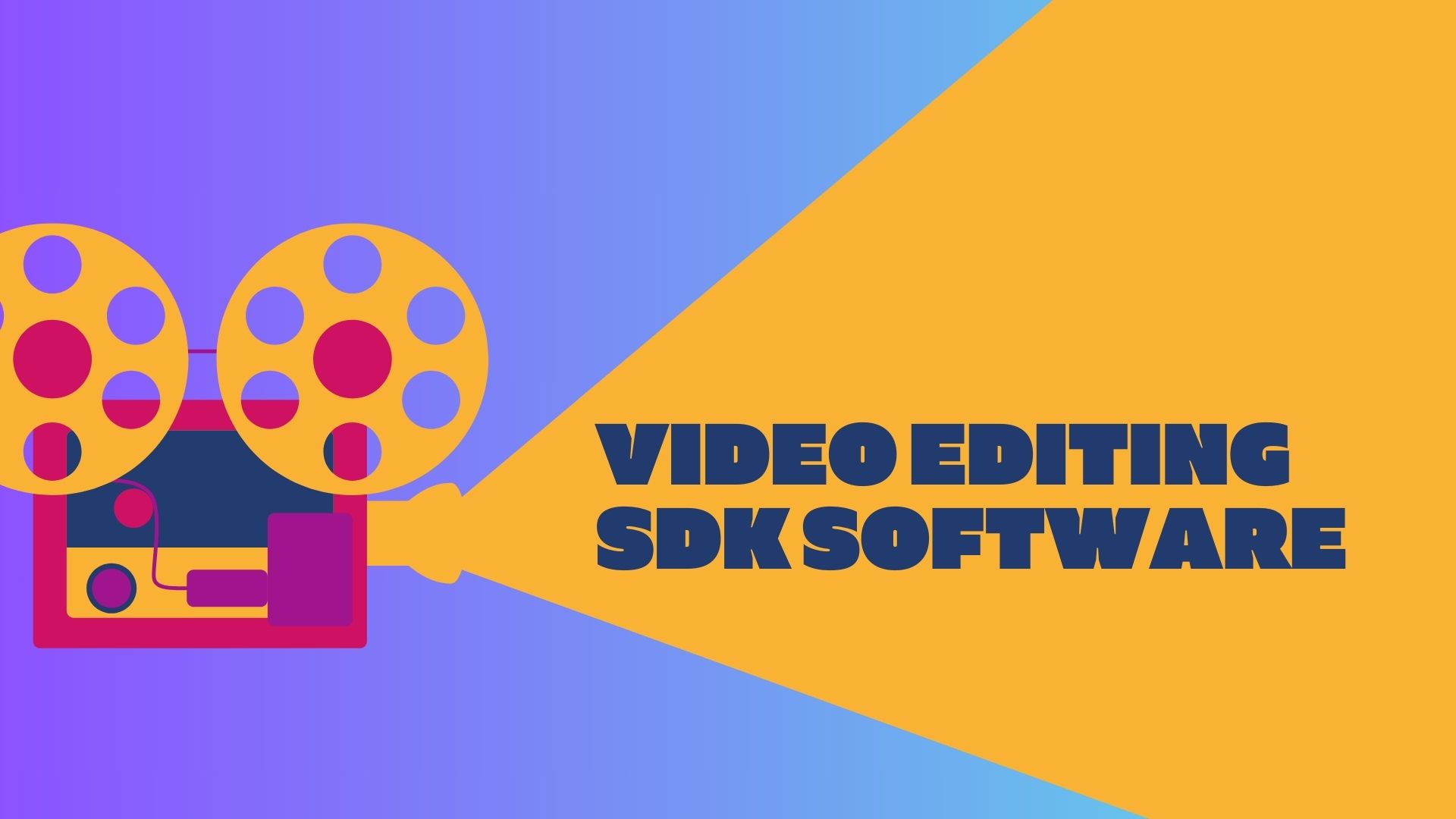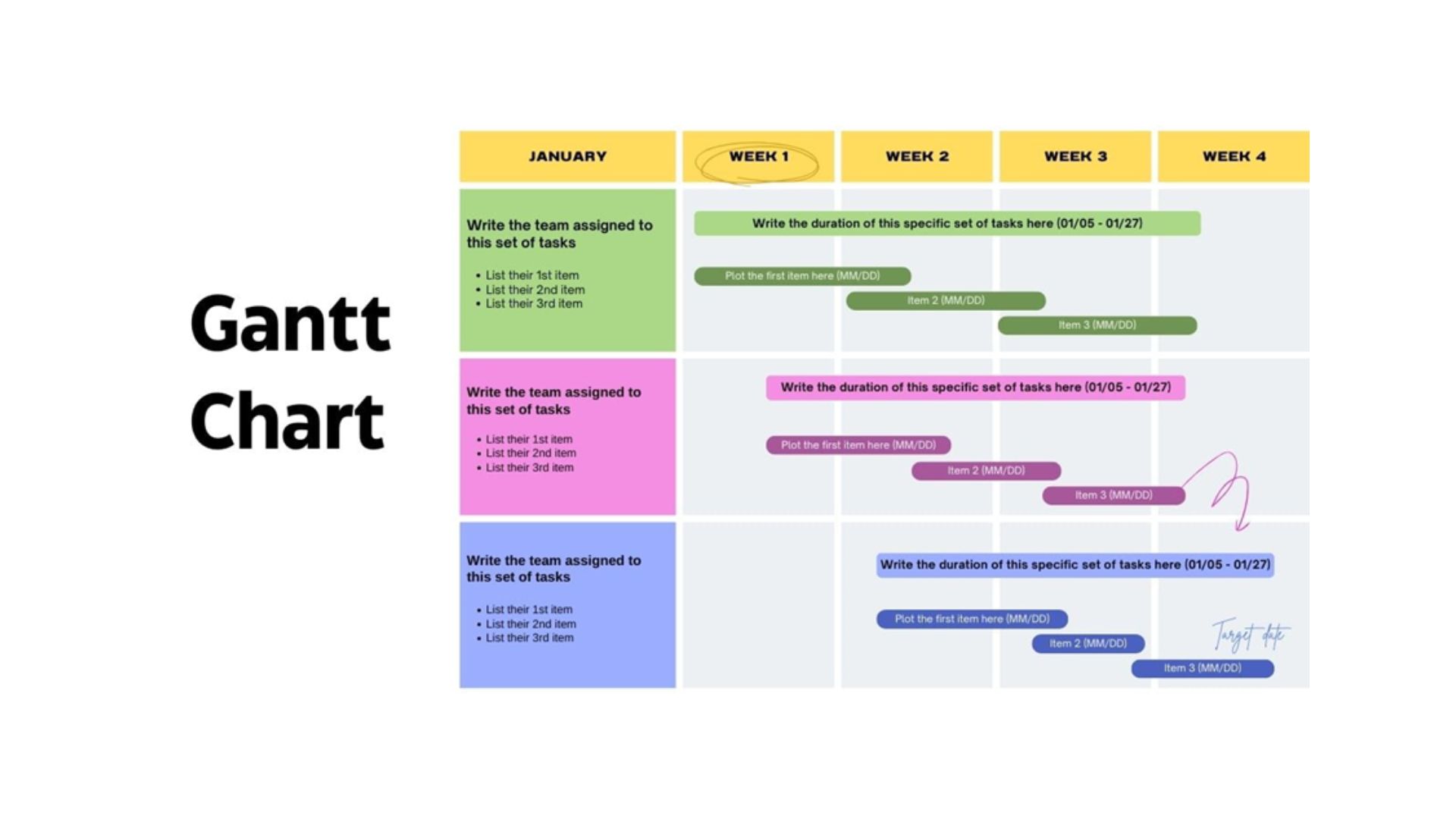How to Get a Human Capital Management Project Funded
The CFO and the human resources executive are the Mars and Venus of the enterprise, which can make things interesting at budget time.
“Human resources is all about the people, while corporate finance is all about the bottom line,” said Brent Skinner, principal analyst for Nucleus Research, noting that smart HR executives will remember to stress financial benefits in their requests for funding for human capital management (HCM) software rather than emphasizing employee engagement or other “soft” benefits.
Skinner, who authored a recent research note titled “Selling HCM Technology to the CFO,” suggests it makes sense to focus first on areas such as workforce management, payroll or benefits administration that can readily deliver direct cost savings. For example, he said, “If you can show that a solution will result in a reduction in payroll errors, you can definitely make your case to the CFO pretty easily.”
While it’s easier to build on successes in areas such as workforce management and core HR and then move on to areas such as recruiting that are less intuitively tied to the bottom line, Skinner said, “If a solution is particularly affordable and can show good potential gains in productivity, that case will resonate with the CFO also.”
This is becoming easier with the growing popularity of cloud human capital management software, which involves fewer upfront costs than on-premise HCM software, he added.
In retail, for example, there is “an acute need” for task management that will free retail managers to spend less time on administrative duties and more time on strategic, customer-focused tasks, Skinner said. Many managers still rely on email, which is a highly inefficient way of managing tasks.
A company called ThinkTime offers cloud-based task management that is “very affordable on a monthly basis,” Skinner said. “If you can save a store manager just an hour of time per week with a better approach to task management that is also highly affordable, that potential increase in productivity can be compelling for the CFO.”
Because of their own focus on people in their work, HR pros often present HCM benefits in fuzzy terms that are not likely to resonate with CFOs, Skinner said. Instead of touting happier employees as a result of improved time and attendance technology, he said, HR execs should highlight more direct benefits such as reductions in overtime.
Using a single vendor for as many human capital management functions as possible rather than using multiple point solutions is becoming more common, Skinner said, and it makes good financial sense.
“You might be able to sell the CFO on the financial benefits of having as few integrations as possible,” he said. ” While technologies such as in-memory data processing promise to speed and simplify collecting and aggregating data from numerous solutions, “At the end of the day you are talking about many data sets versus one, and there are some inherent cost savings to simplicity,” Skinner said.
Ann All is the editor of Enterprise Apps Today and eSecurity Planet. She has covered business and technology for more than a decade, writing about everything from business intelligence to virtualization.

Public relations, digital marketing, journalism, copywriting. I have done it all so I am able to communicate any information in a professional manner. Recent work includes creating compelling digital content, and applying SEO strategies to increase website performance. I am a skilled copy editor who can manage budgets and people.








